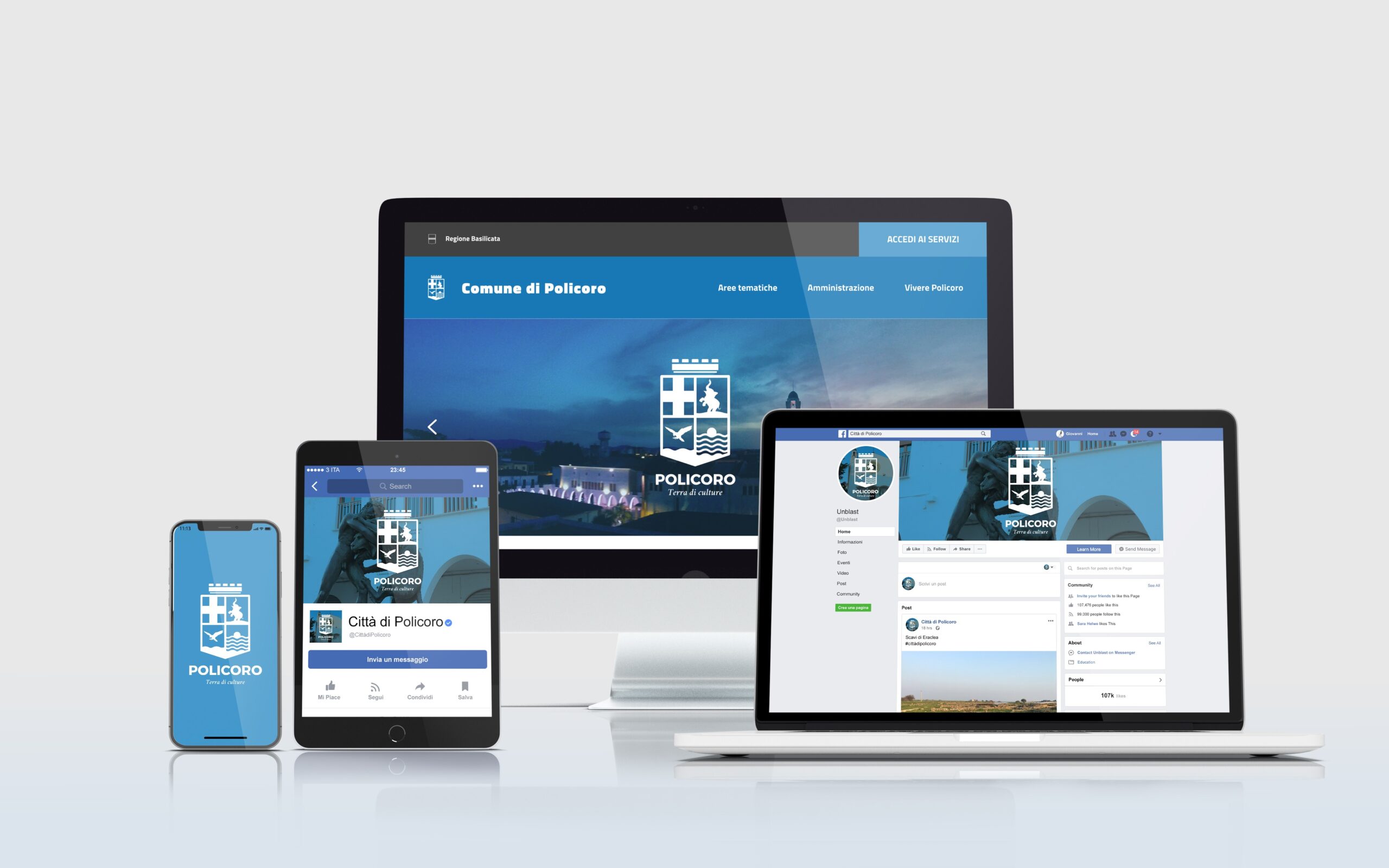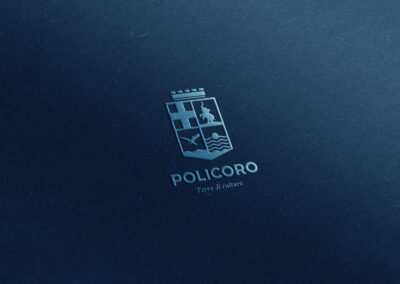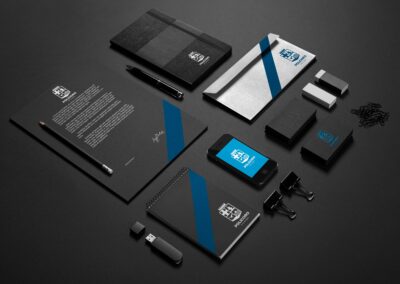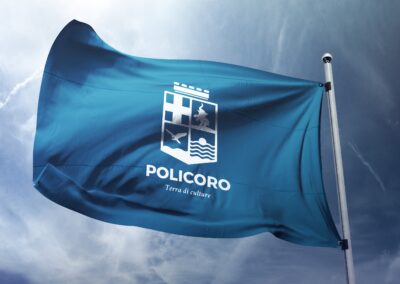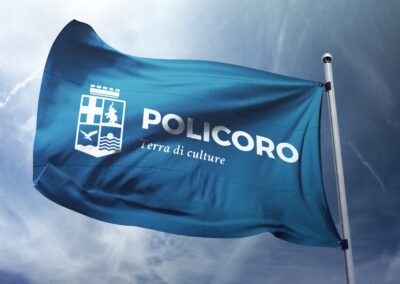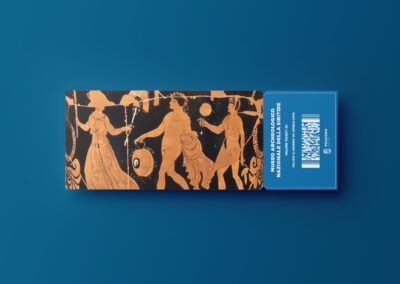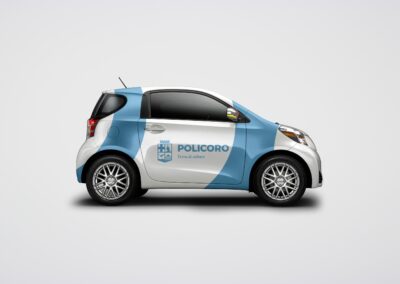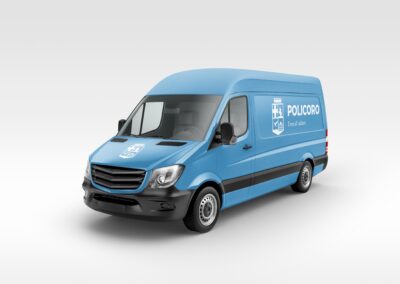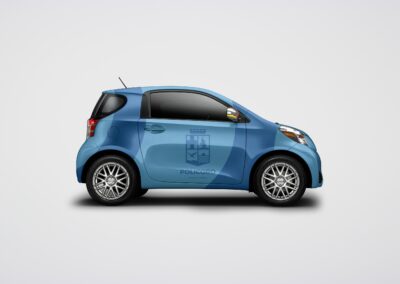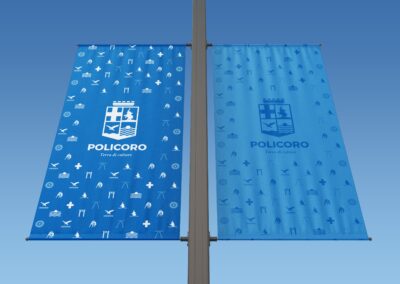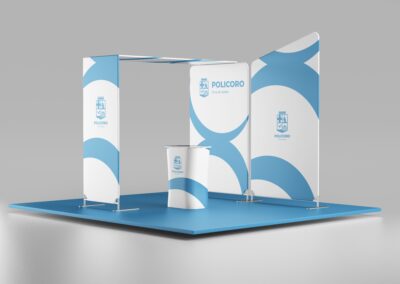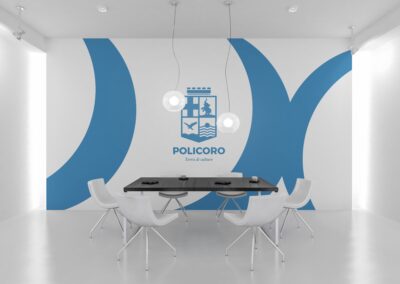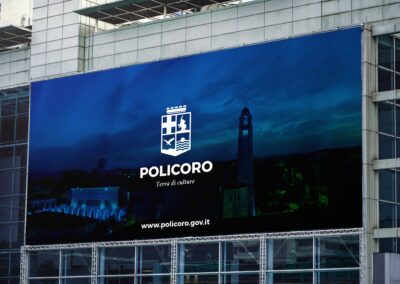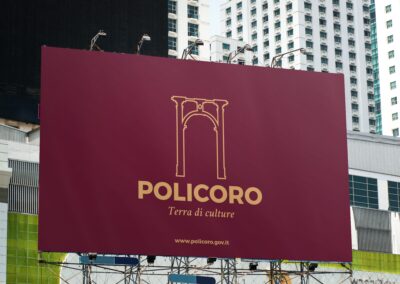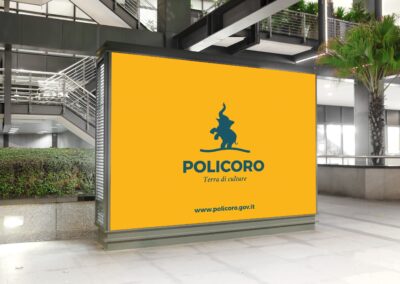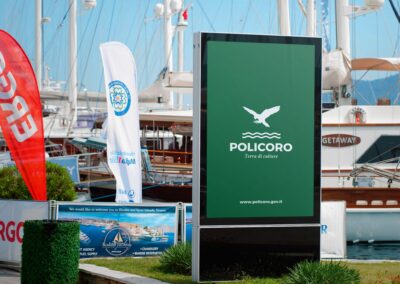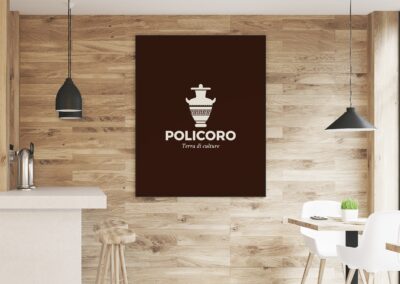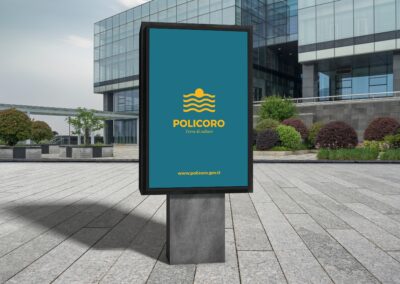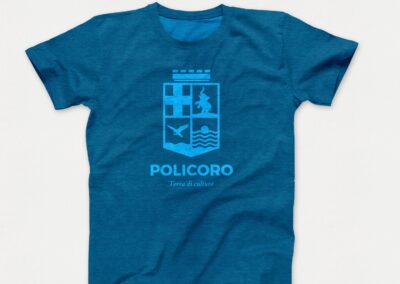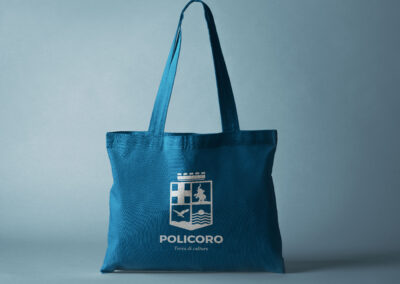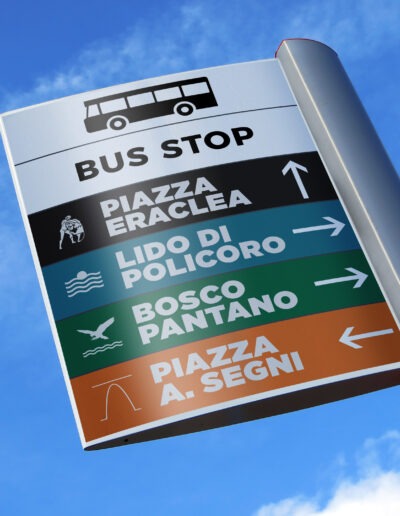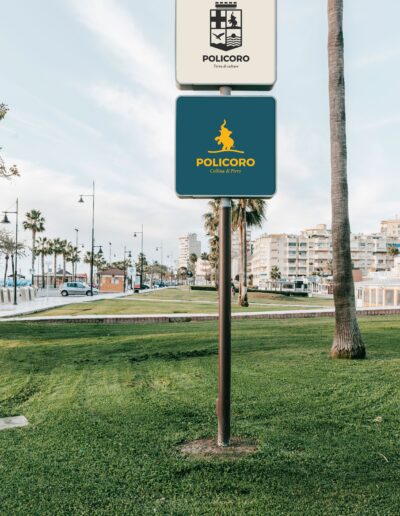Policoro City Brand Proposal
Role
- UX/UI Designer
- Researching
- Wireframing
- Interaction Design
- Visual Design
- User testing
- Brand Design
Tools
- Adobe Photoshop
- Adobe Illustrator
- Adobe InDesign
- Figma
- Zeplin
Team
- One designer (me)
Duration
- From: May 2018
- To: July 2019
overview
The Policoro city brand proposal project was initially born from a desire to learn more about the history of my city, the roots that unite us and the events that led the ancient Herakleia to become the modern Policoro. Later, from the need to make develop a critical sense, an idea of community and to make known the important history that characterized the life of ancient Herakleia and the current Policoro (and, why not, to “support” our city with other realities also design level).
The project, in the initial phase and in continuous expansion and deepening, aims to review and revisit “in a modern key” those that are the current logo and applications of the Municipality of Policoro, making a stylistic and functional implementation of the existing brand .
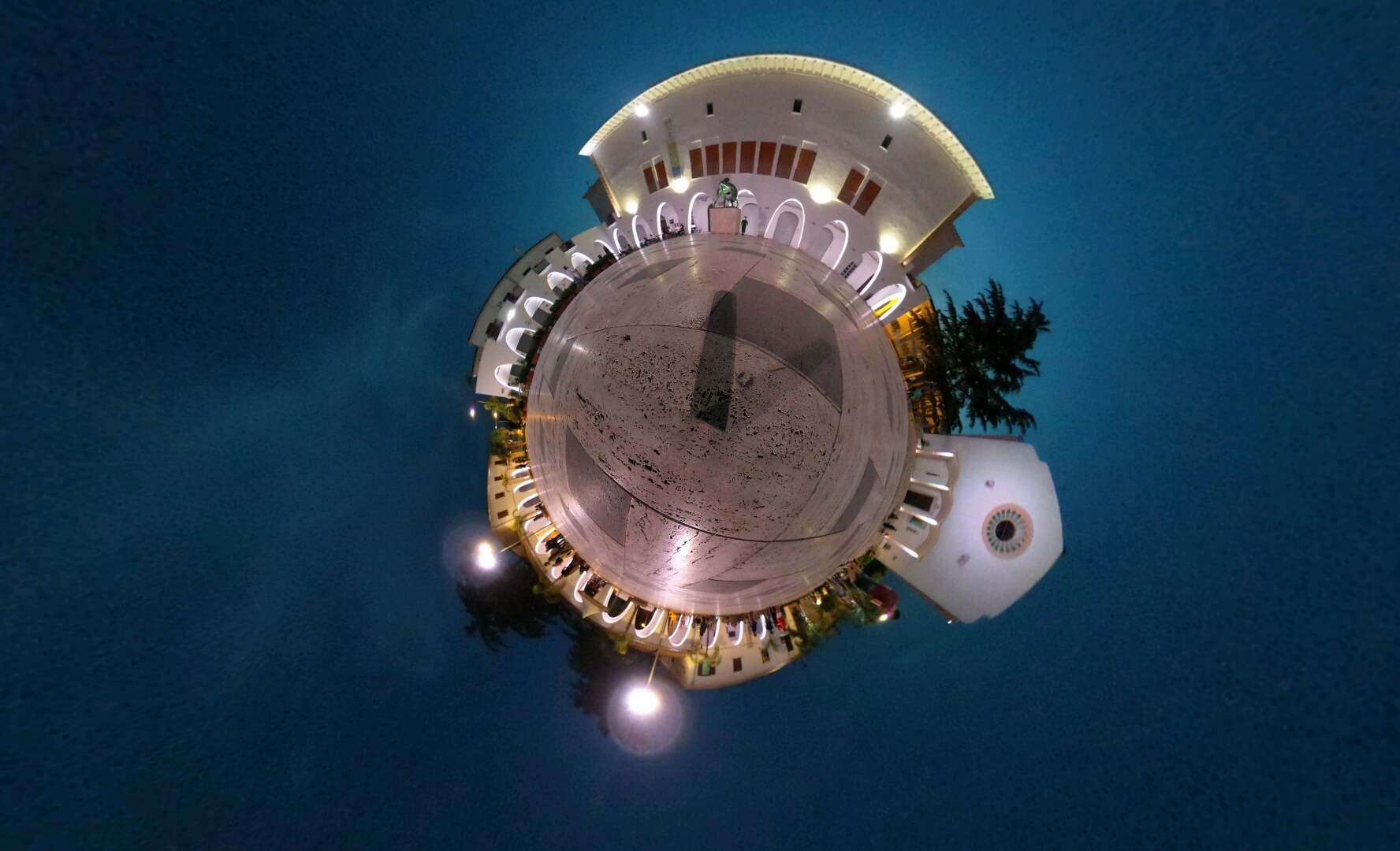
LAND OF CULTURES
But the history of the Ionian community has its roots in ancient Greece and exactly around 680 BC, a period in which the city was initially built by the Greeks from Colofone (in Asia Minor). In the sixth century BC it was destroyed by the coalitioned Achaean colonies of Metaponto, Crotone and Sibari.
In 432 BC the city was rebuilt and took the name of Herakleia. The Tables of Heraclea, preserved in the National Archaeological Museum of Naples, date back to this historical period, very ancient bronze tables with texts in Greek concerning the public and constitutional organization of the city, on the back of these tables the Lex Iulia Municipalis (law promulgated by Julius Caesar in 45 BC).
Subsequently the village was transformed into a baronial fief and the city developed around the baronial palace used as a residence for the hunting parties of the feudal lords, given the presence of a very extensive wood which belonged, among other noble families, to the Berlingieri family, from which takes its name.
Only after 1950, thanks to the reclamation of the territory that had become swampy and unhealthy over the centuries and to the agrarian reform that divided and redistributed land ownership and guaranteed rapid development and repopulation, did Policoro achieve municipal autonomy, attracting entire families, from all over the region.
(source: www.policoro.gov.it)
visual identity
The visual system includes the salient features of the city of Policoro, combining them neatly to give an image of the city that is fresh, traditional and modern at the same time.
In the creation of the visual system, therefore, different semantic areas related to the city of Policoro were addressed: its origins, its monuments, its natural attractions, its history and its tradition.




Logo
payoff
moodboard

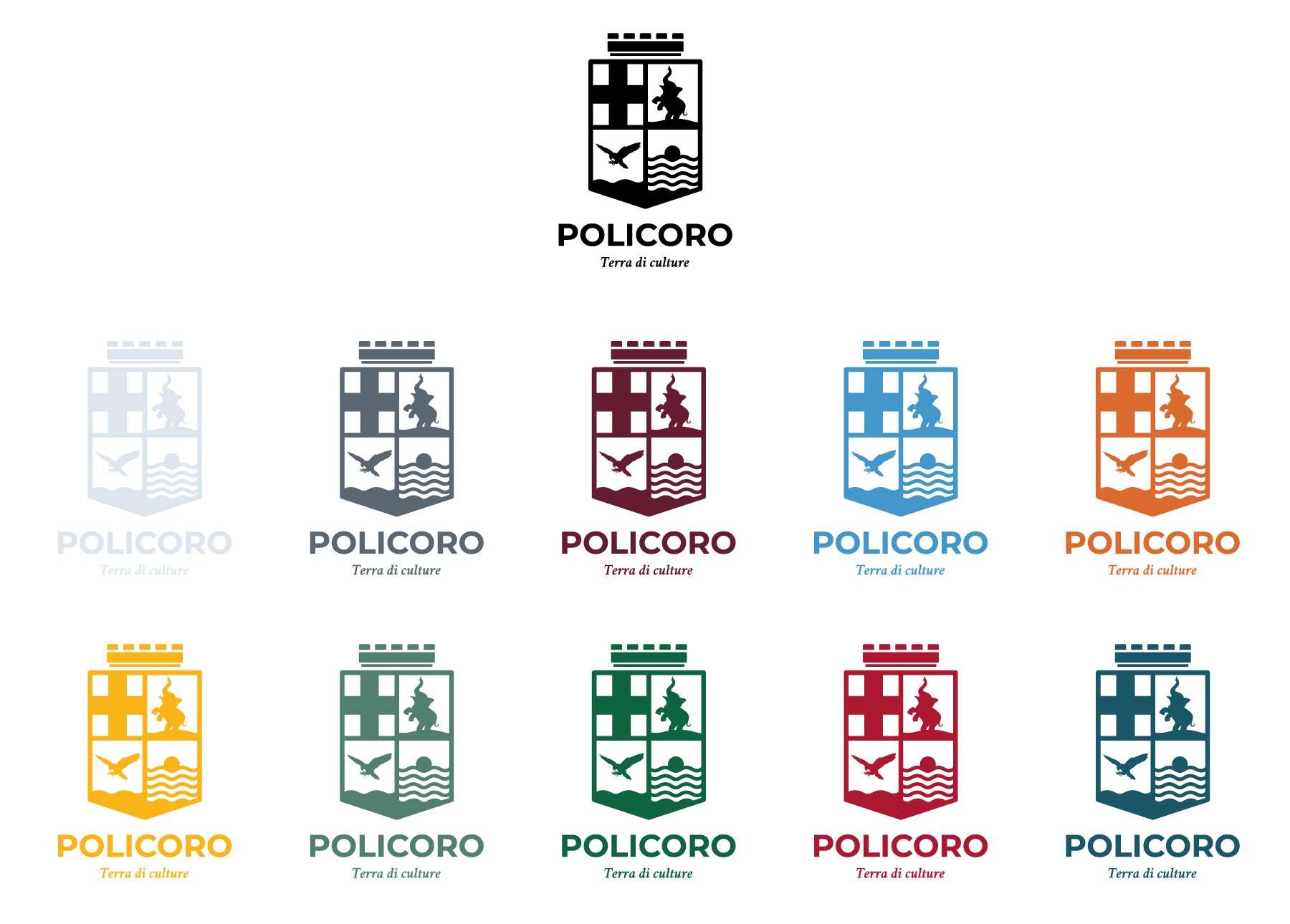
landmarks
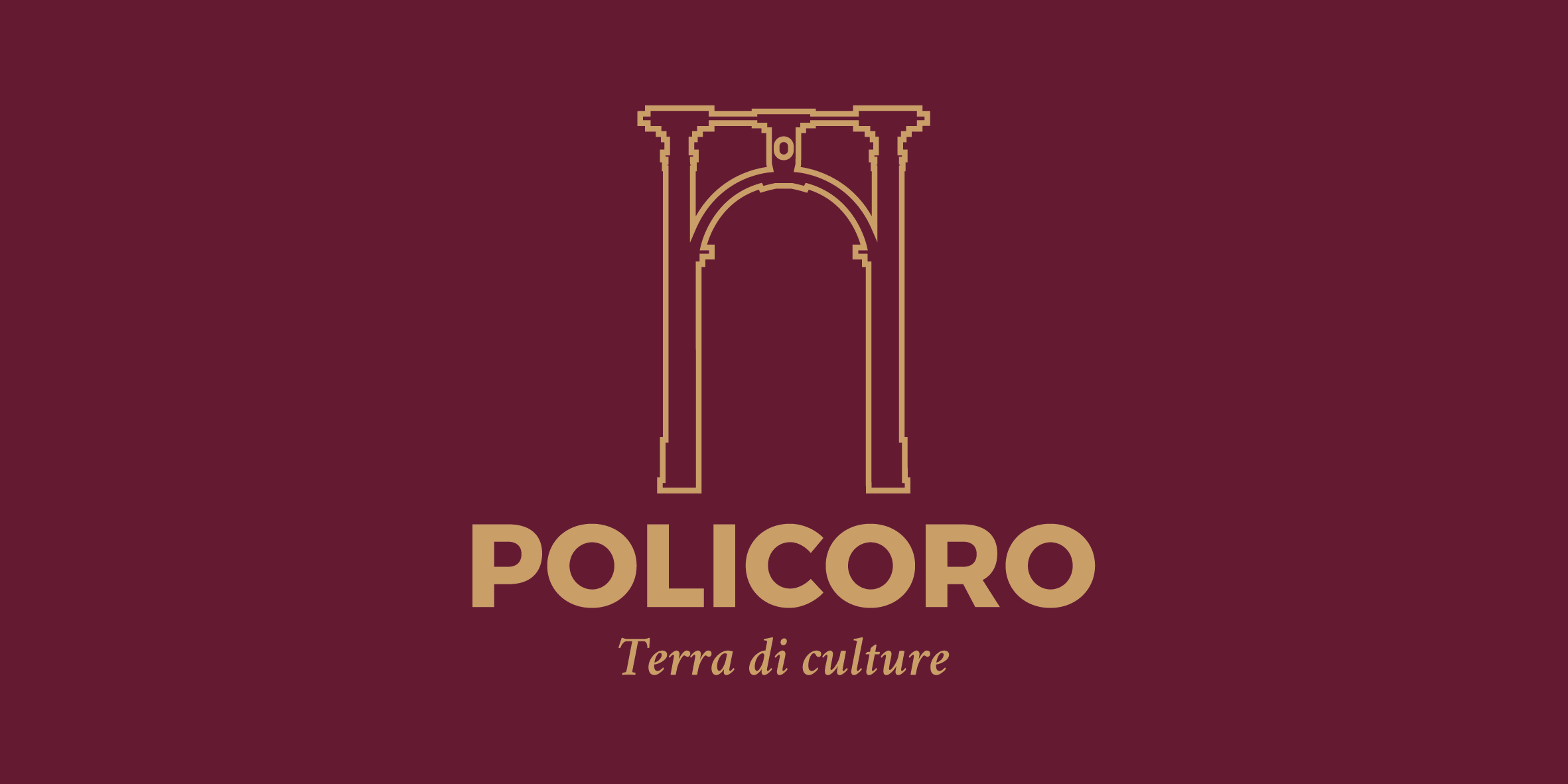
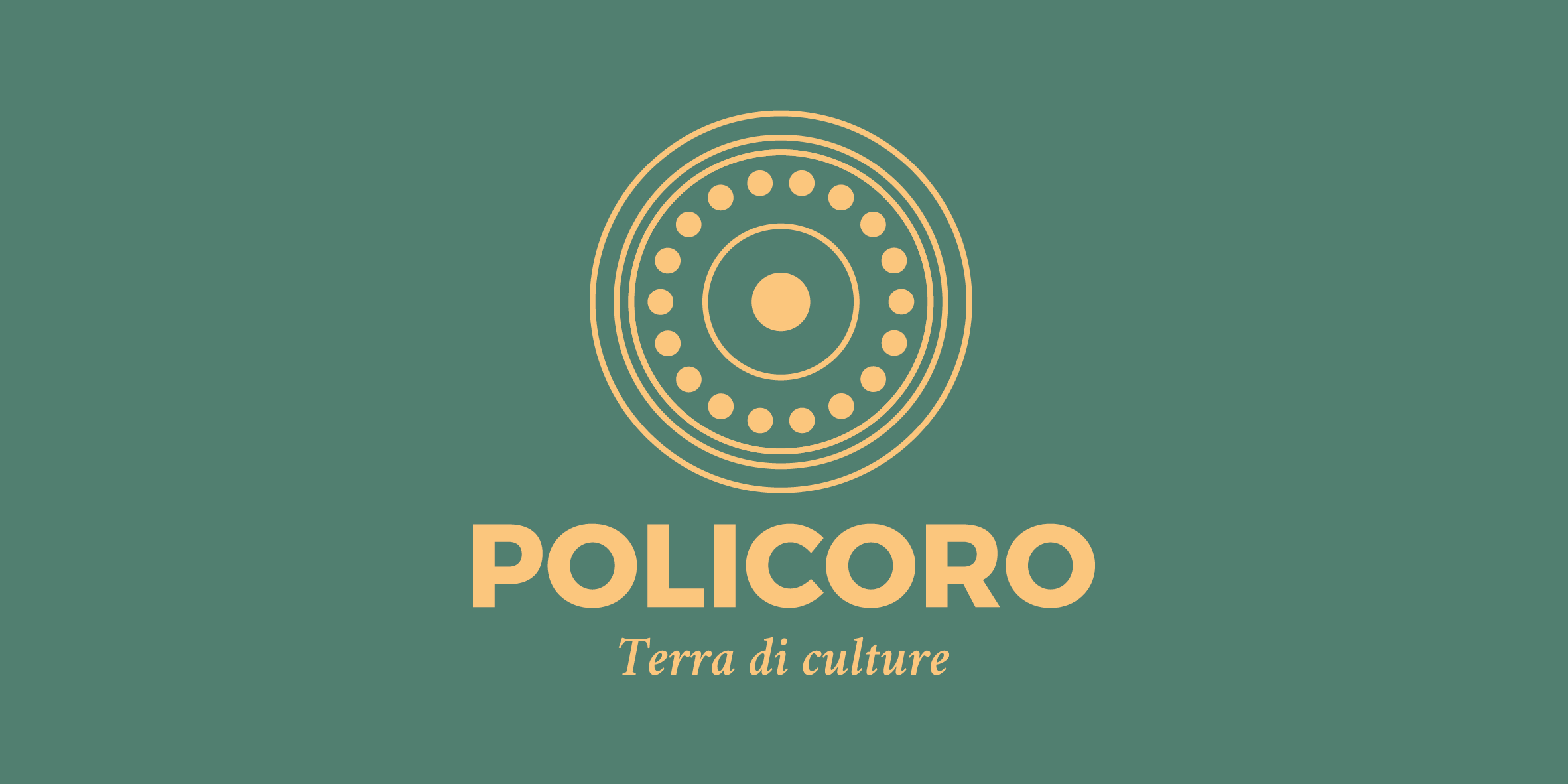
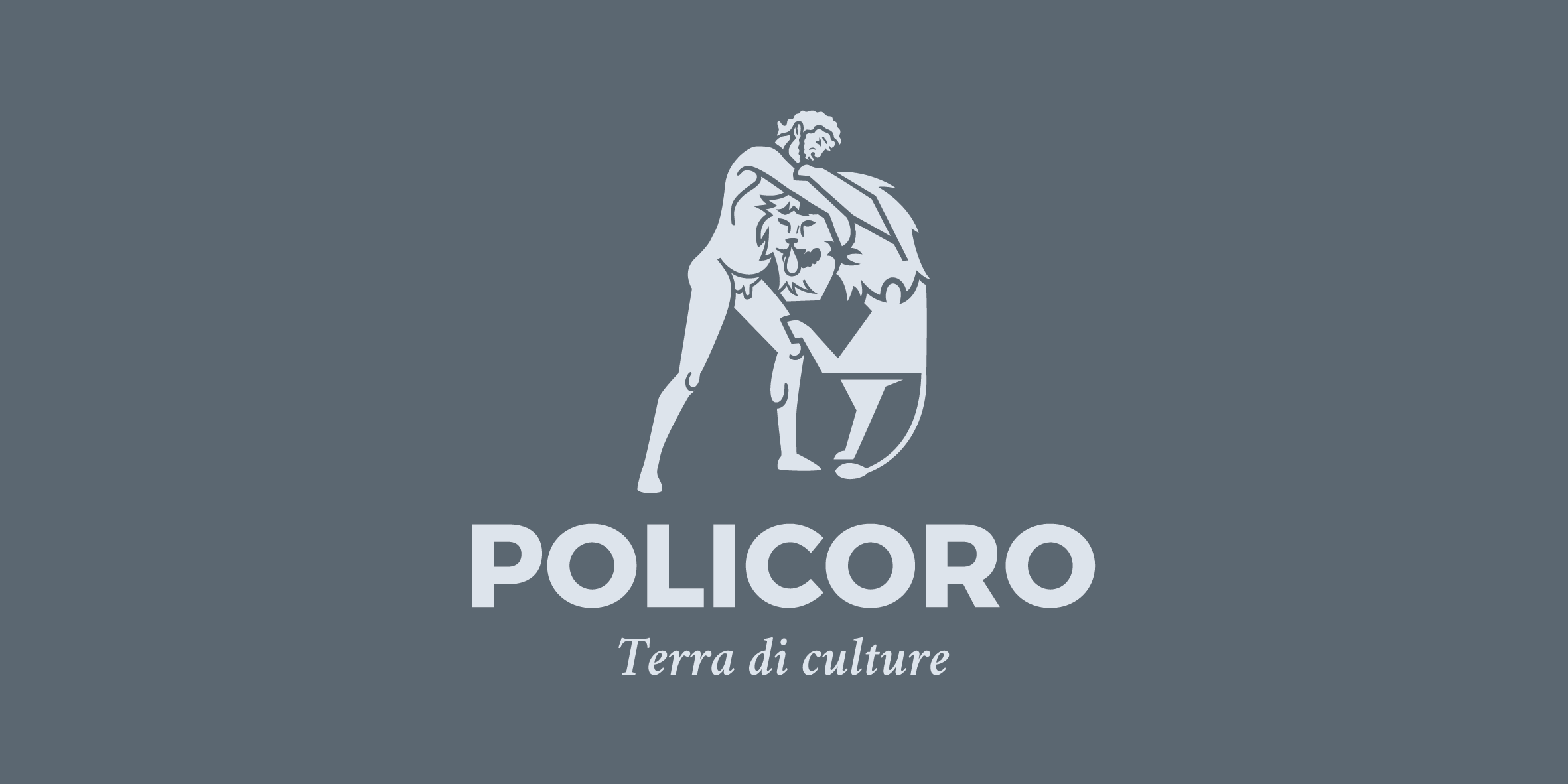
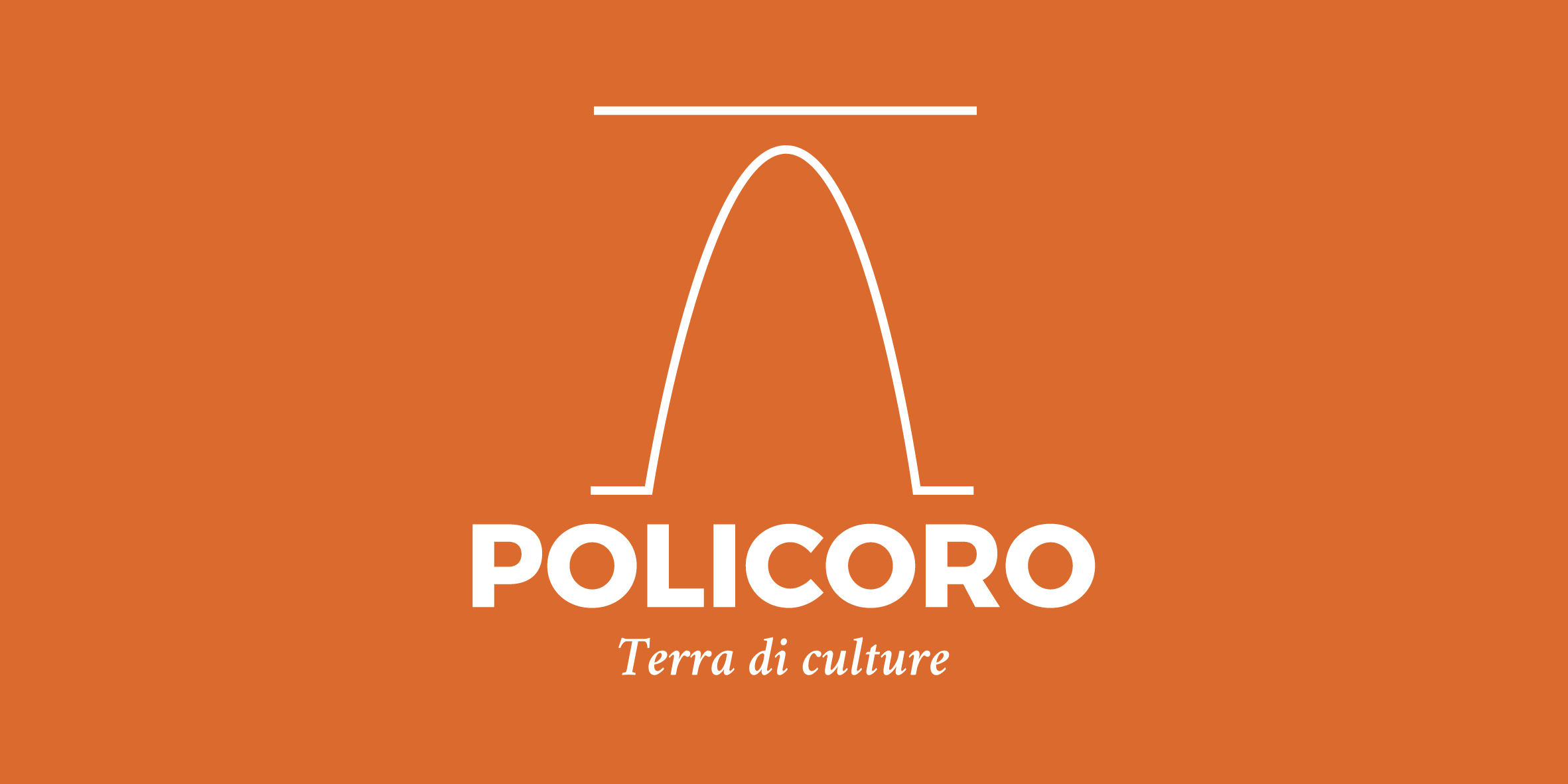
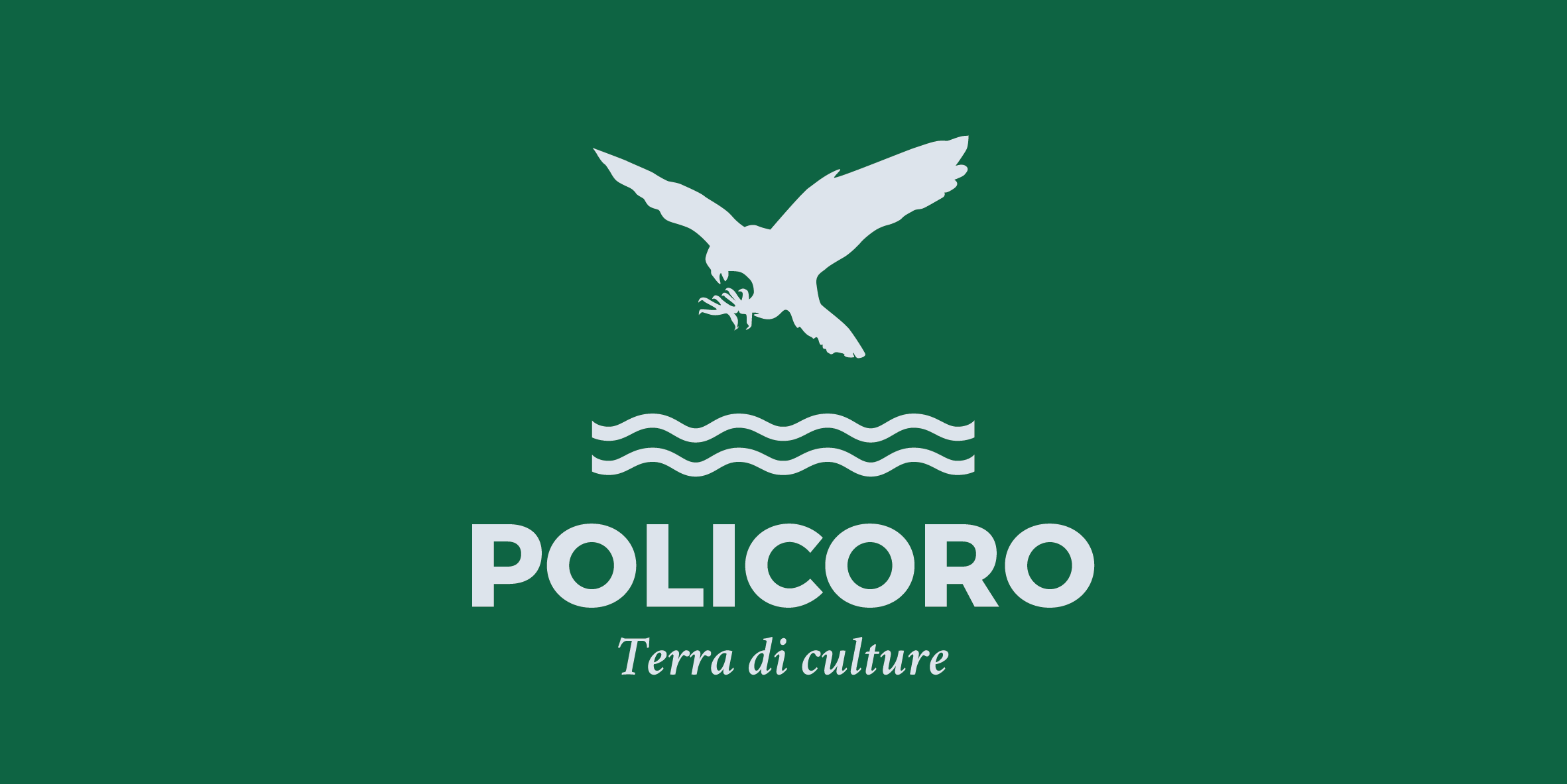
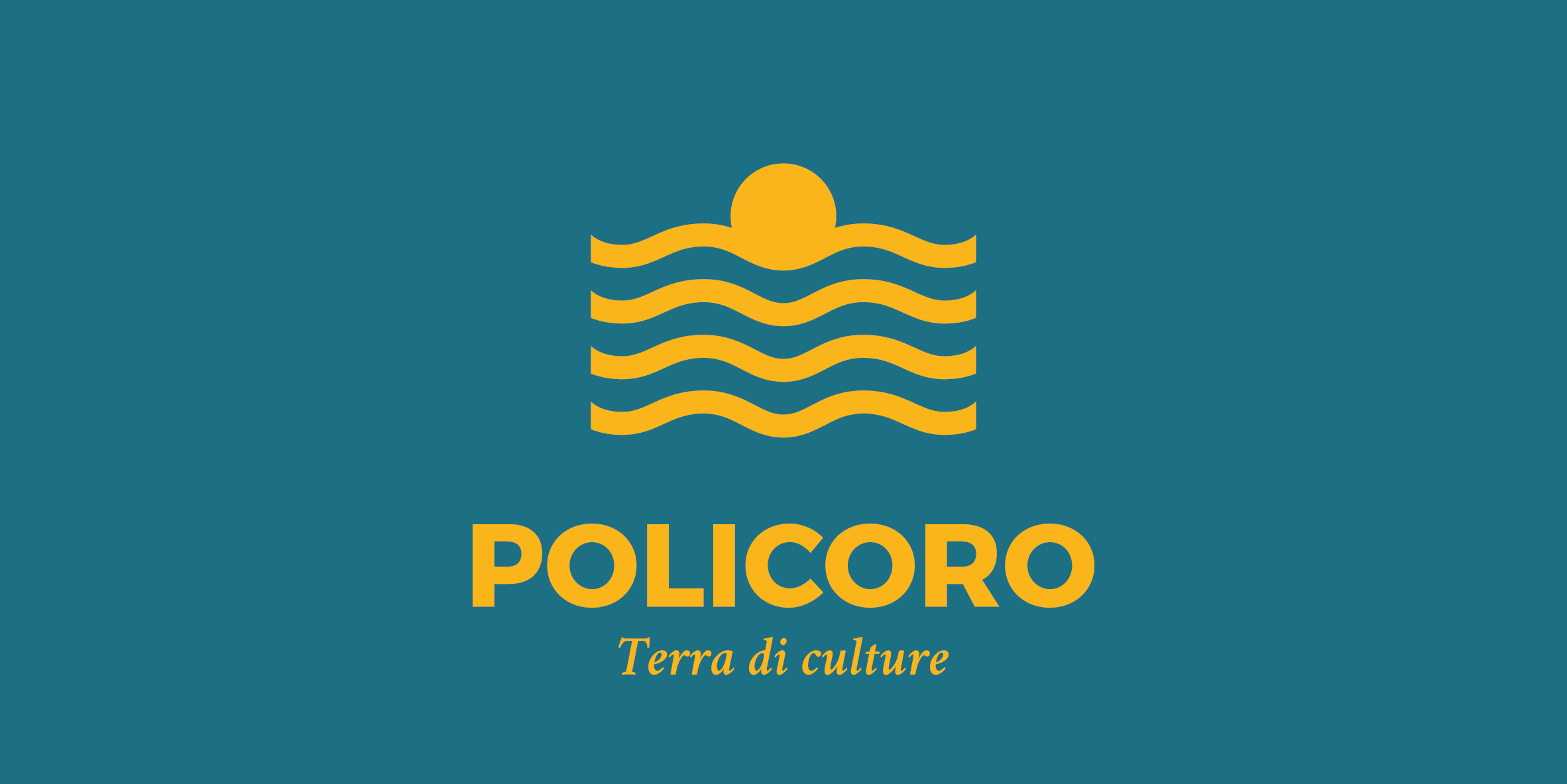
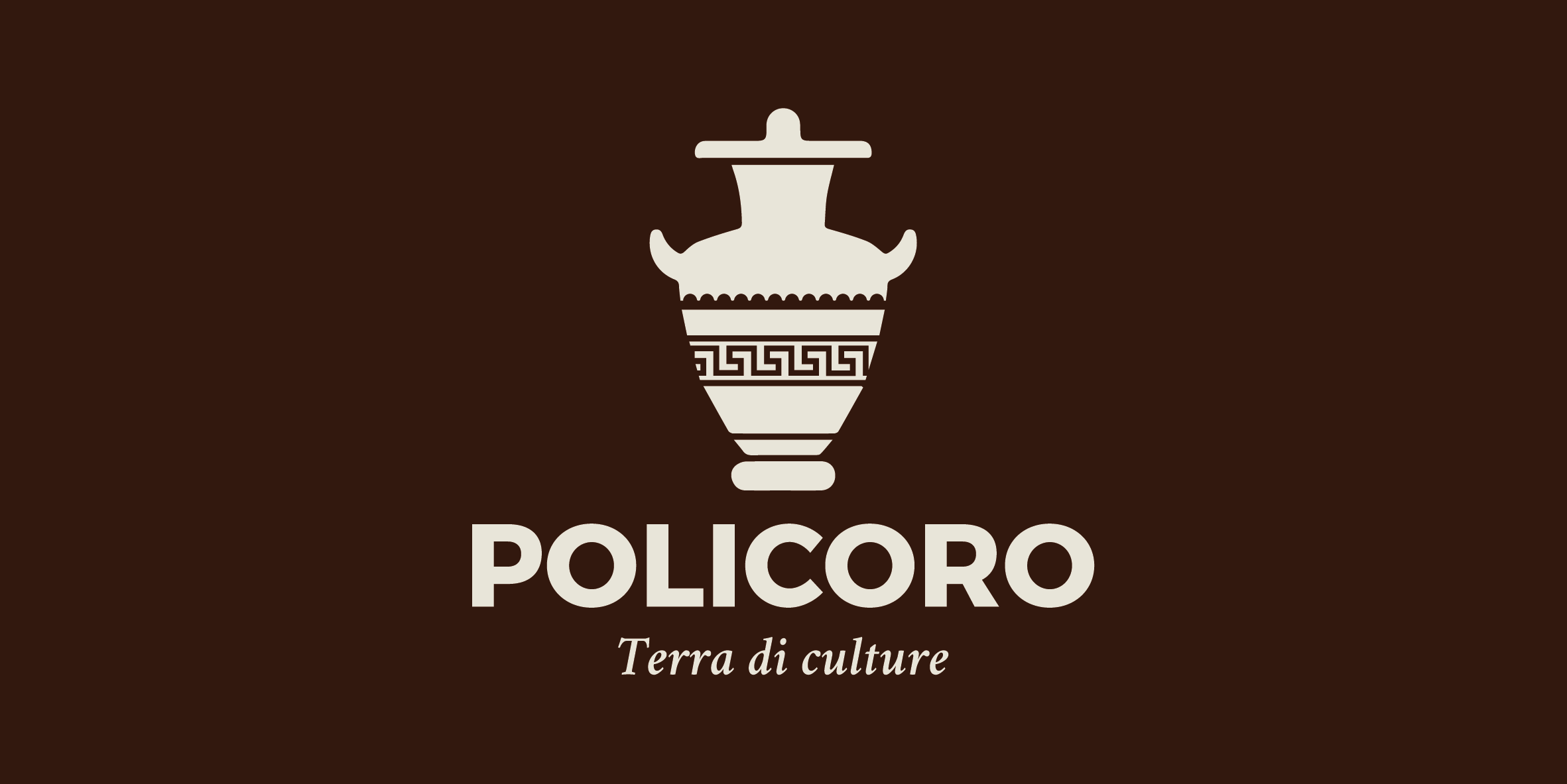
THE BATTLE OF HERACLEA
It was 280 BC. and the troops of the Roman Republic led by the consul Publio Valerio Levino and those of the Greek coalition that united Epirus, Taras (Taranto), Thurii, Metaponto and Eraclea, under the command of King Pyrrhus of Epirus, clashed in the ancient territory of the city of Heraclea.
At the beginning of the third century BC, Rome was trying to expand its influence on the Italian peninsula and aimed at conquering the Magna Graecia polis. Pyrrhus rushed to the defense of Taranto with 25,500 men and 20 war elephants and it was the pachyderms, animals unknown to the Romans, to prove decisive for the victory. The battle was the first clash between the Hellenistic and Roman worlds. From a political point of view, the Greek-Epirot victory proved immediately profitable for the coalition, since after this clash many polis of Magna Graecia asked the king of Epirus for protection.
THE LEGEND
From this circumstance comes the expression “Pyrrhic victory”, used in many languages, that is, “a battle won at too high a price for the winner”.
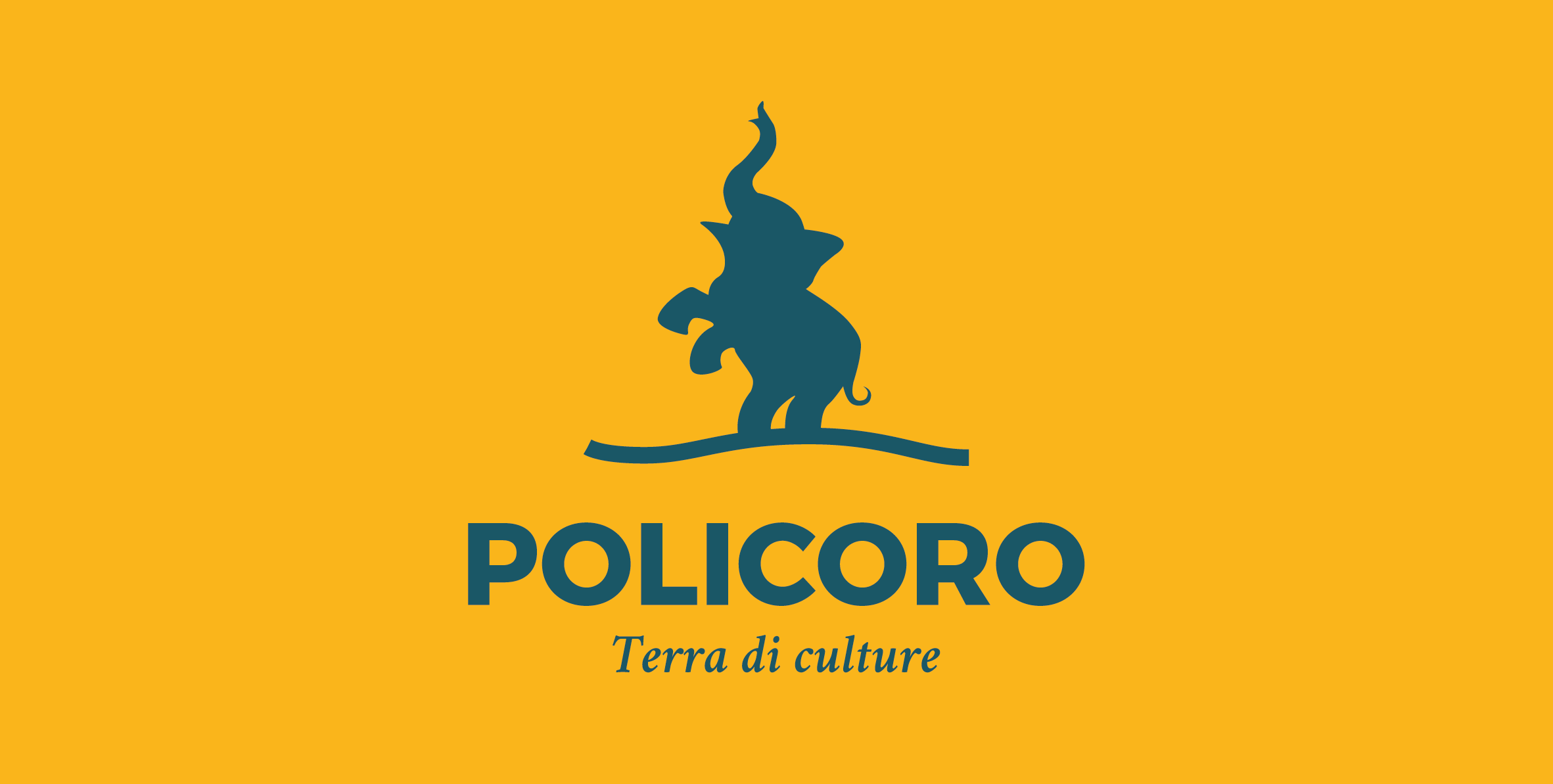
pattern
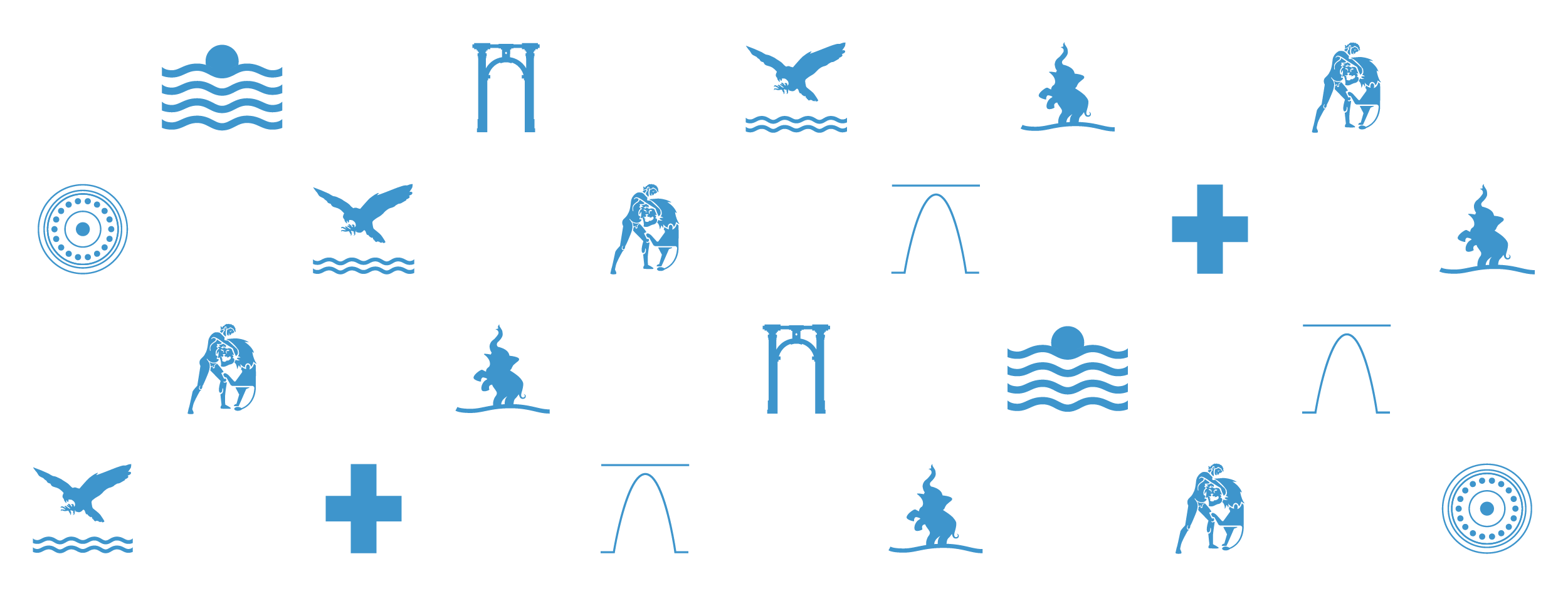
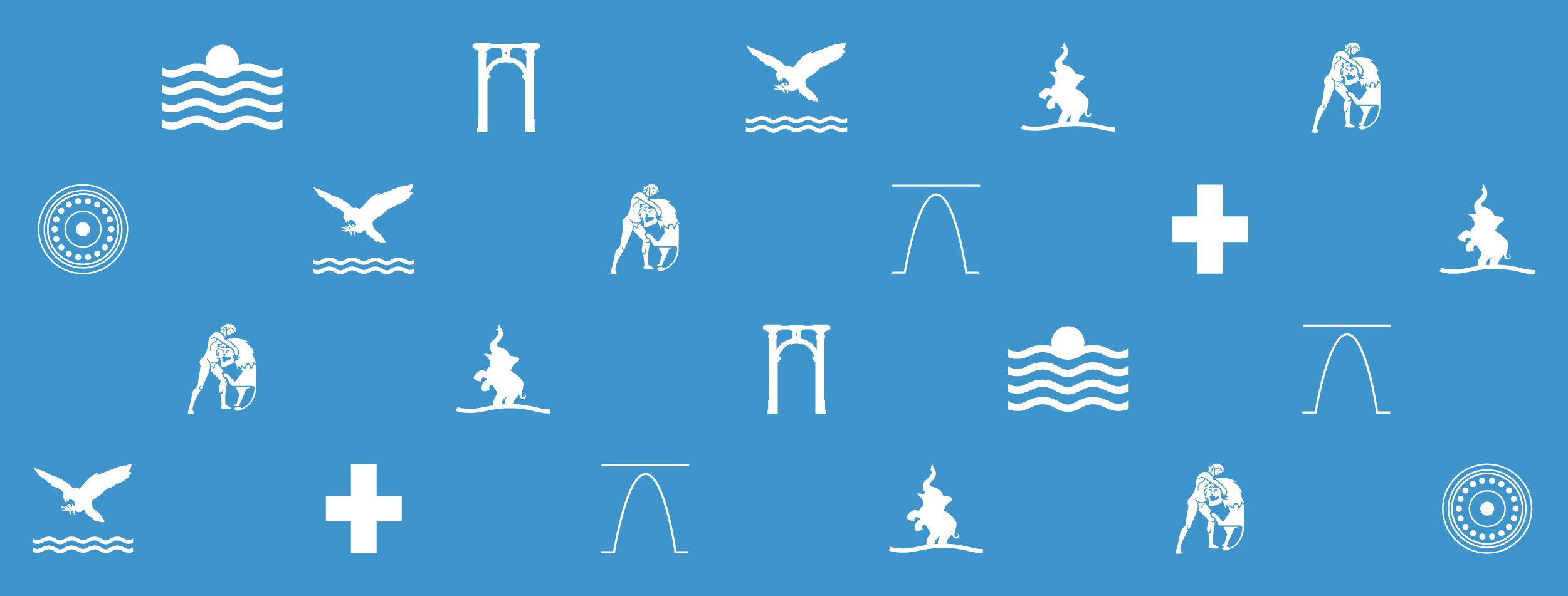
UX/UI Design
Save time and invest it in visiting, living and enjoying our beautiful city to the fullest!
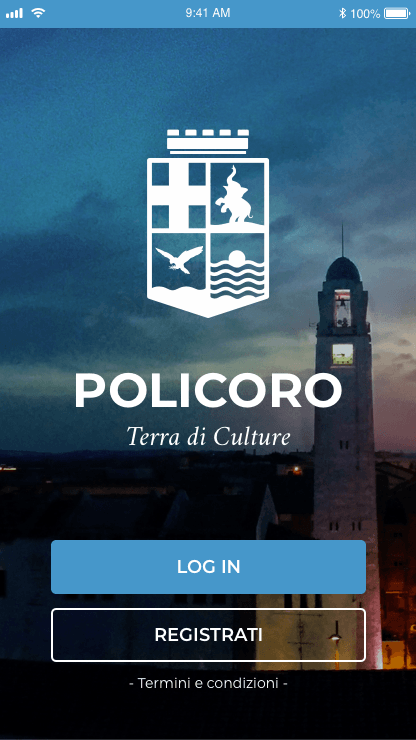

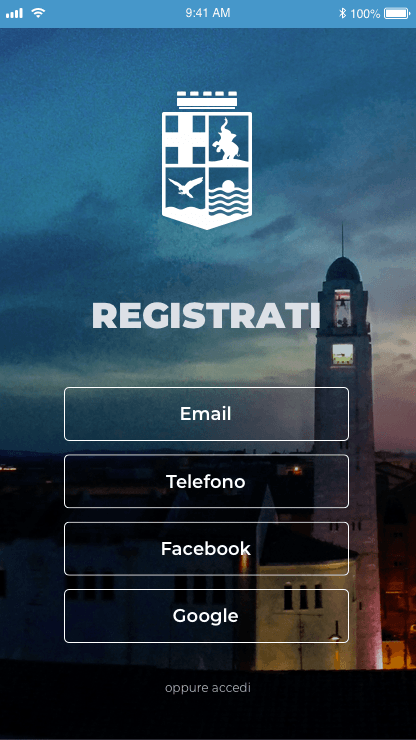
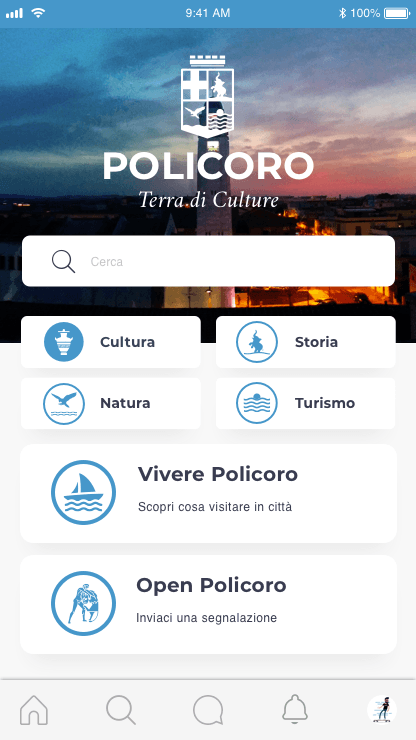
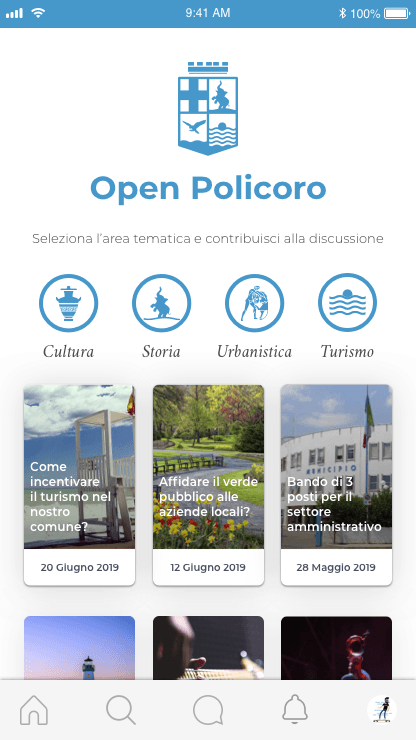
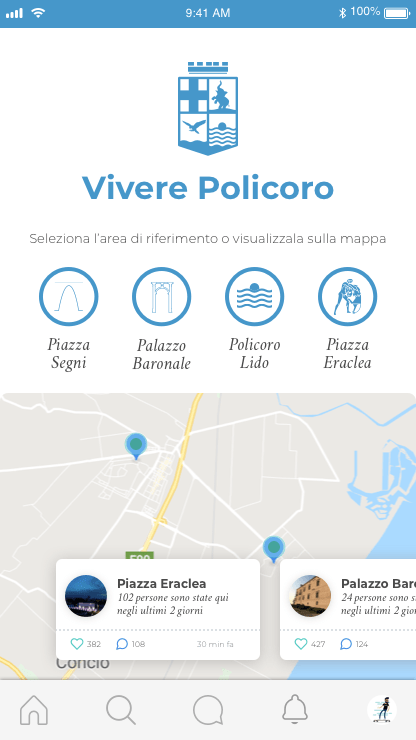
social networks
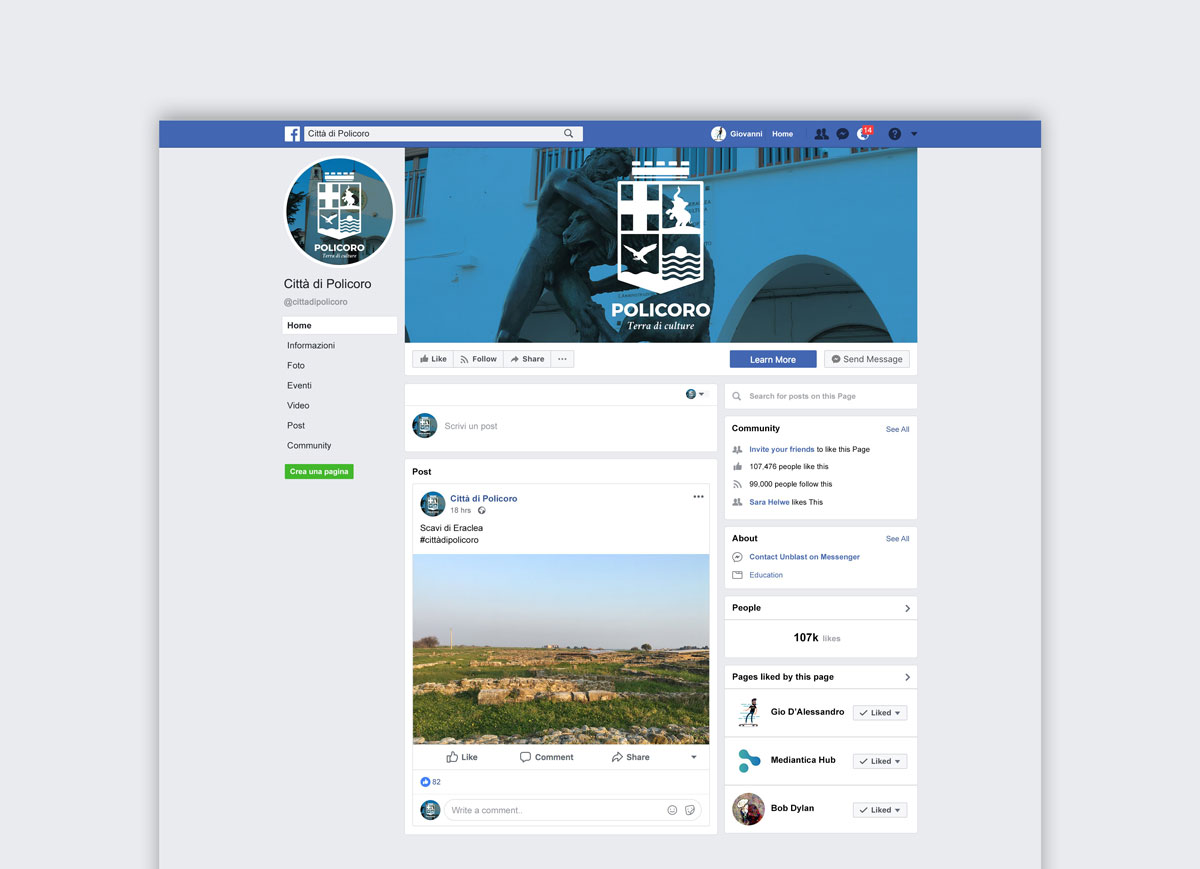
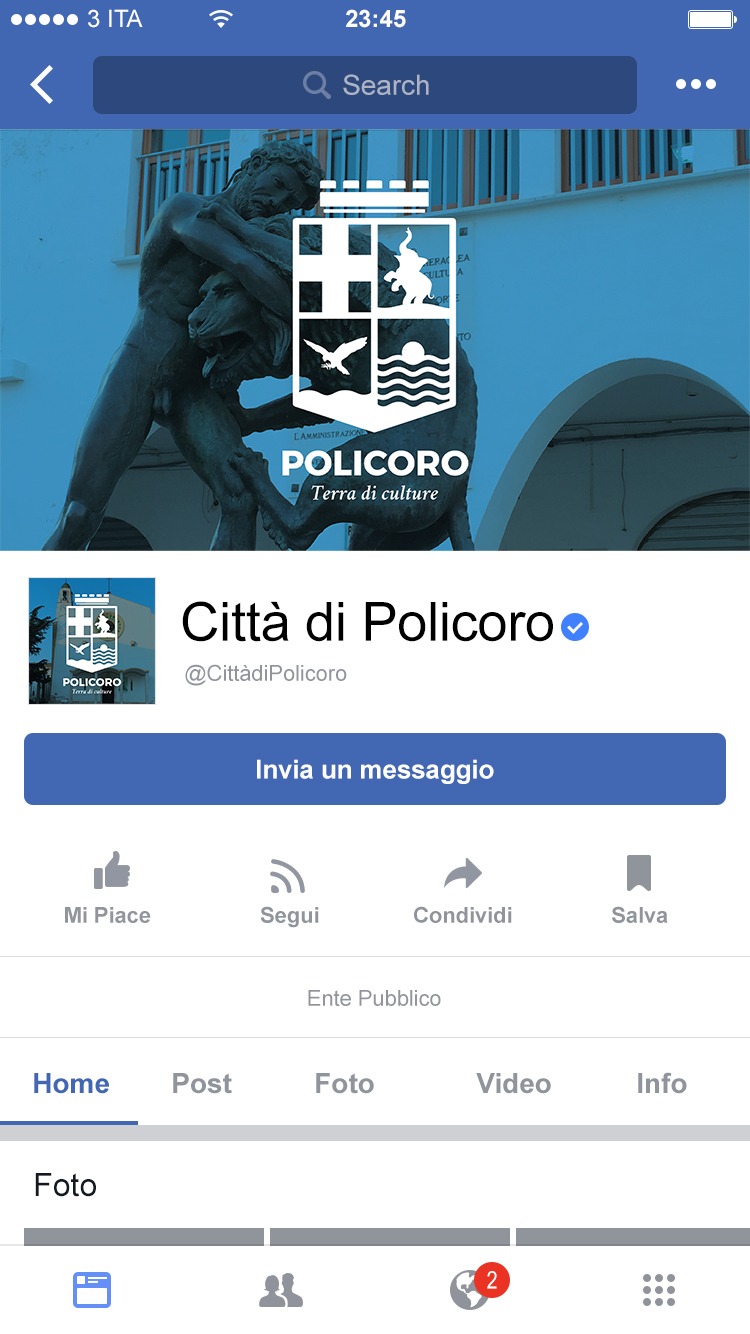
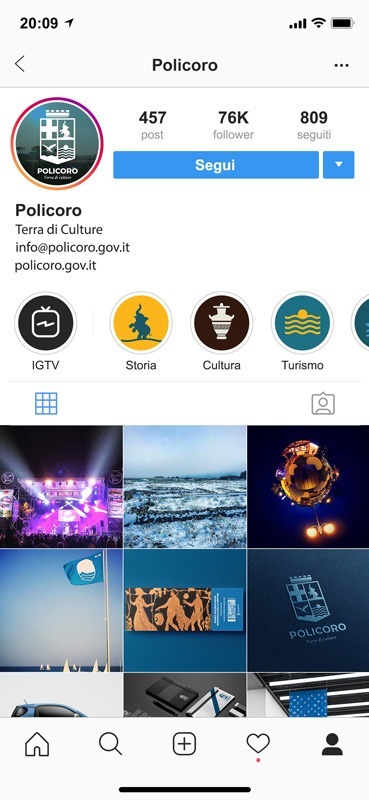
website restyling

